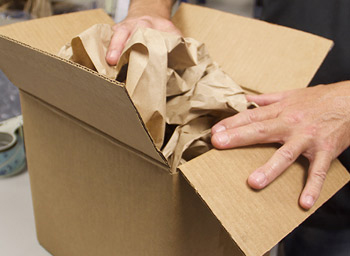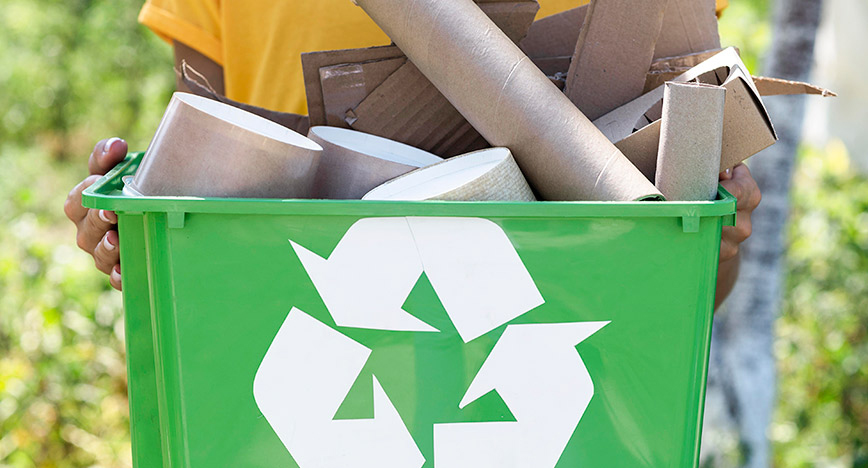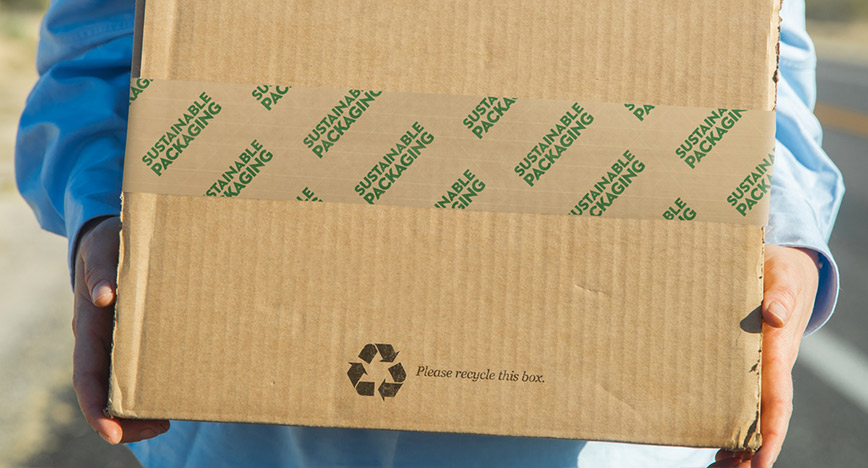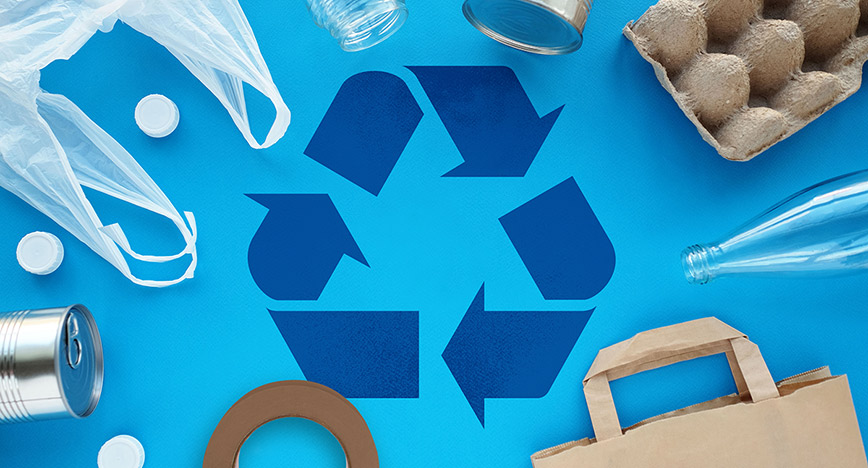Did you know that one of the easiest ways to create eco-friendly packaging is by embracing a process known as lightweighting?
This process involves decreasing the amount of material needed for packaging, while not compromising its strength after application. Using IPG’s innovative Genesys® line of stretch films, machine applied 80ga thick film may be reduced to 60ga or lower, securing the pallet loads with 25 to 50% less material. This not only saves money, but also significantly cuts down on waste. Additionally, our hand applied pre-stretch films (Orbit Air®) have already been mechanically stretched prior to shipment, removing the need for a hand wrap applicator to pull and stretch as it is being applied. This maximizes the film’s ability to secure the load, using less film, less waste, and less work for the personnel applying it.
Despite the benefits of using eco-friendly packaging, many business owners still don't know if it is a good idea to use sustainable packaging. To make things easier for you, we've created a guide.
Keep reading to find out more.
What is Eco-Friendly Packaging?

Eco-friendly packaging refers to packaging materials and practices that are designed to minimize the environmental impact of packaging. Eco-friendly packaging solutions aim to reduce waste, conserve energy, and utilize renewable resources— ultimately leading to a more sustainable and environmentally responsible approach to packaging.
Eco-friendly packaging materials may include recycled or biodegradable materials, such as recycled paper, cardboard, and bioplastics made from renewable sources like cornstarch or sugarcane.
The goal of eco-friendly packaging is to create a cradle to cradle system that reduces waste and pollution while conserving natural resources. By adopting eco-friendly packaging practices, companies can demonstrate their commitment to sustainability, reduce their environmental impact, and appeal to eco-conscious consumers who prioritize environmentally responsible products that reduces waste and pollution while conserving natural resources. By adopting eco-friendly packaging practices, companies can demonstrate their commitment to sustainability, reduce their environmental impact, and appeal to eco-conscious consumers who prioritize environmentally responsible products.
Using Eco Friendly Packaging to Help the Environment
Businesses that use eco-friendly packaging often do so because they want to help the environment. Here are some key environmental benefits of eco-friendly packaging:
- Reducing Carbon Footprint: Manufacturing eco-friendly packaging materials can help to lower the carbon footprint of a product, thus promoting environmental sustainability. These materials can be produced using sustainable practices that conserve energy and minimize waste.
- Easily Recycled or Reused: Companies often use eco-friendly packaging that is easily recycled or reused. This means it can be put into a curbside recycle container, reused for another purpose or shipment.
This makes it a more sustainable option compared to non-eco-friendly packaging, which may require specialized disposal methods or end up in landfills.
- Free of Harmful Toxins: This is especially important in food packaging, and using eco-friendly packaging can help protect the quality of the food.
How Eco-Friendly Packaging Materials Will Help Your Business
Using eco-friendly packaging can be a great way to help your business in a number of ways. Here are some key benefits of using eco-friendly packaging for your business:
- Improve Brand Image: Many consumers are increasingly conscious of environmental issues. They are more likely to support companies that prioritize sustainability.
By using eco-friendly packaging, you can demonstrate your commitment to environmental responsibility. This means that your business will appeal to people who care about the environment.
- Cut Down on Transportation Costs: Manufacturers often design eco-friendly packaging that is lightweight and compact. This can help to reduce the amount of space and resources required for transportation.
Therefore, your business may be able to save money if it uses eco-friendly packaging.
- Expand Customer Base: By using eco-friendly packaging, you will encourage the next generation to use your products and services. Many research studies show that younger people are more interested in eco-friendly products than older people.
What Packaging Materials are Best for the Environment?
There are several types of eco-friendly packaging that you should know about. Here are several types of packaging that are environmentally friendly:
- Recyclable Materials: Packaging materials that can be recycled are generally among the most eco-friendly options. These materials can be collected, processed, and used to create new packaging materials.
- Refillable Packaging: It is not necessary to throw away refillable packaging, as it can be reused. Examples of refillable packaging include cardboard boxes, reusable mailers, plastic bottles used for cooking oils or cleaning products. These kinds of materials will reduce waste and conserve resources.
Eco-Friendly Packaging: Understand the Benefits
Now that you understand more about eco-friendly packaging, you’re in the right place to learn more about how to use eco-friendly packaging in your business.
Businesses that use eco-friendly packaging will improve their brand image and can decrease their transportation costs.
If you're ready to start using eco-friendly packaging, we can help you. Don't hesitate to contact us once you are ready to get started.




